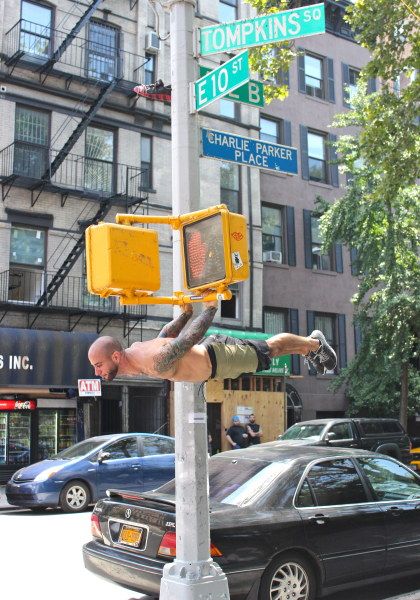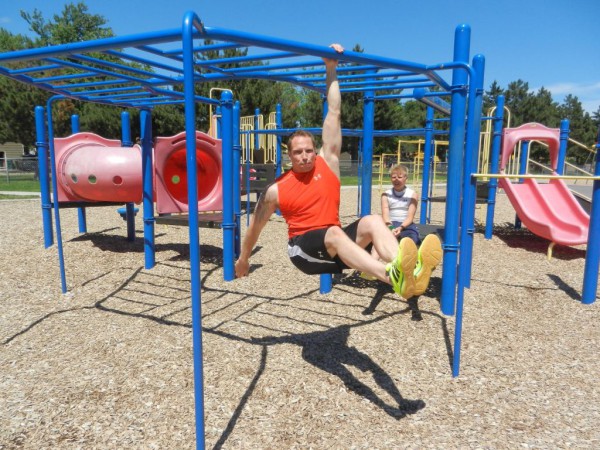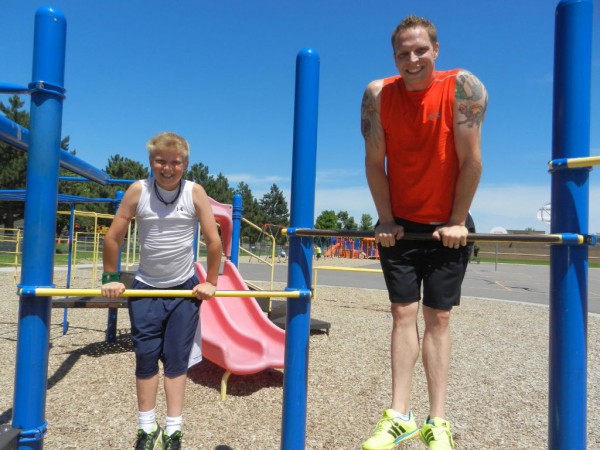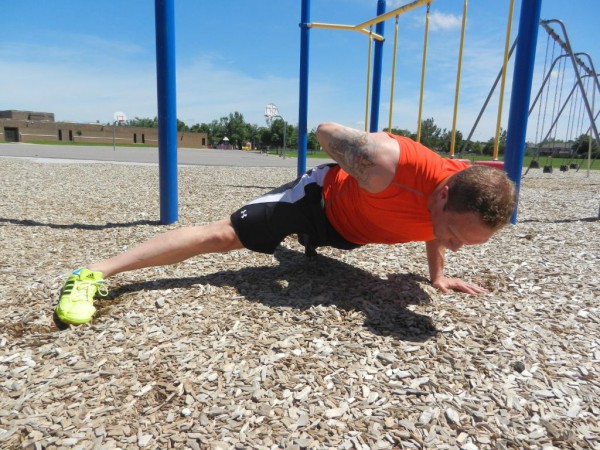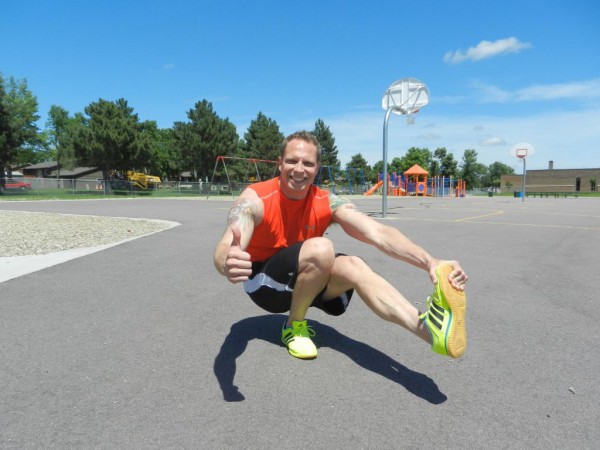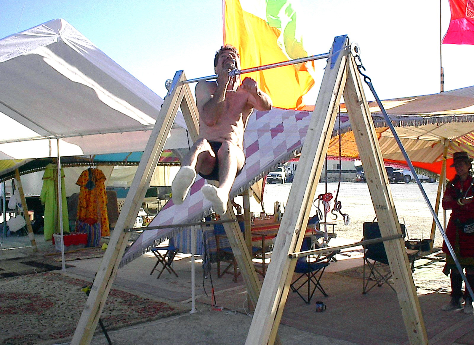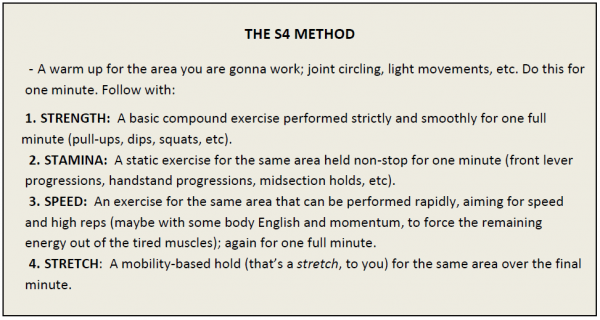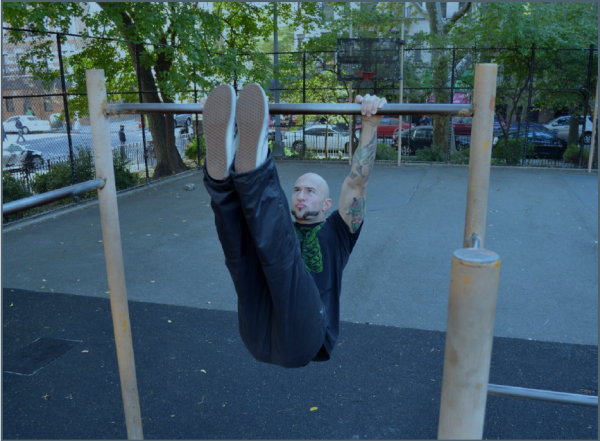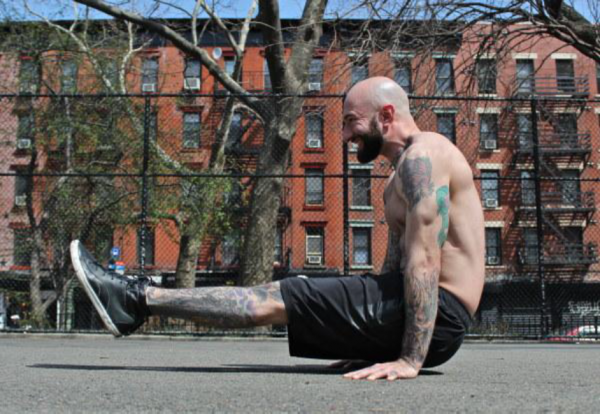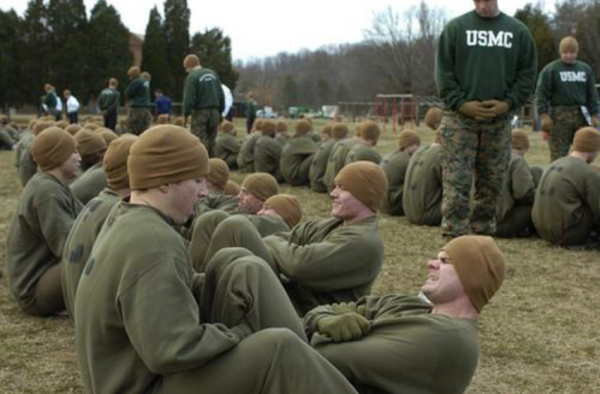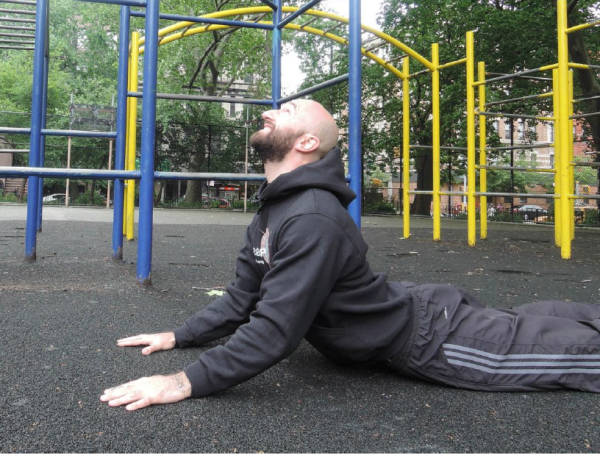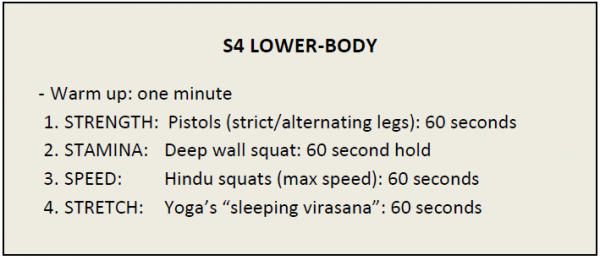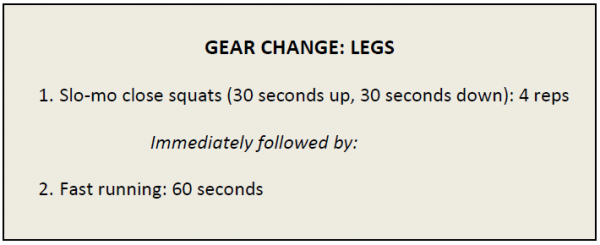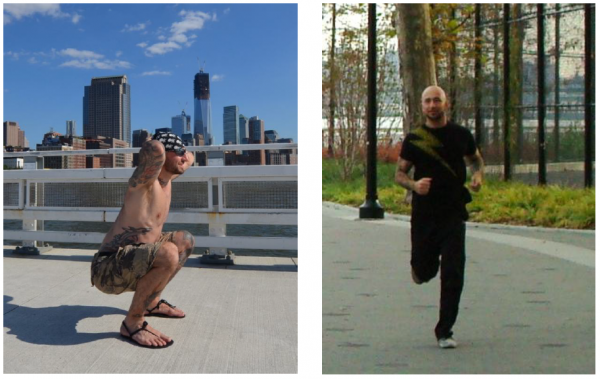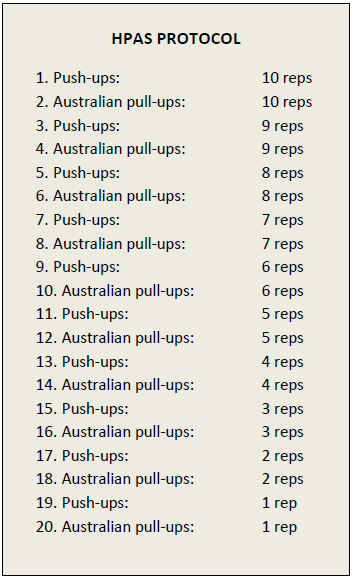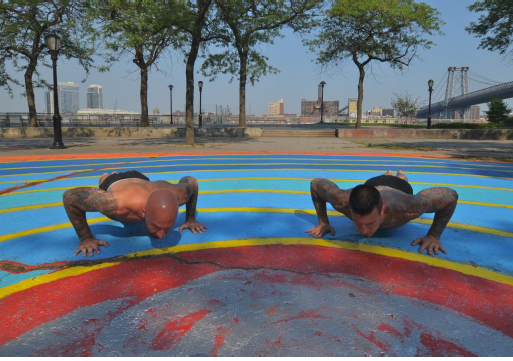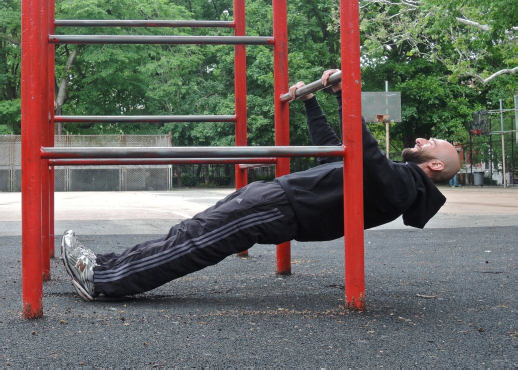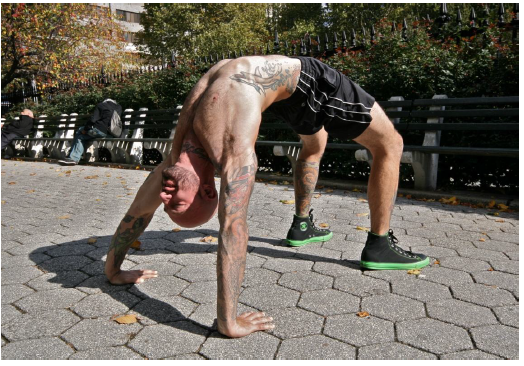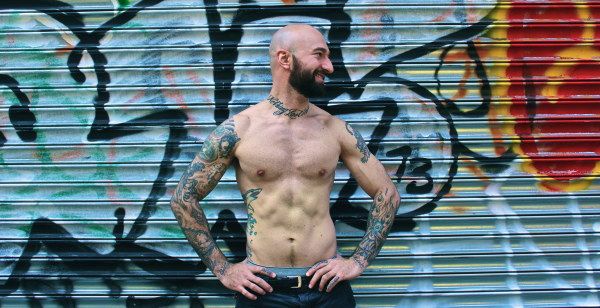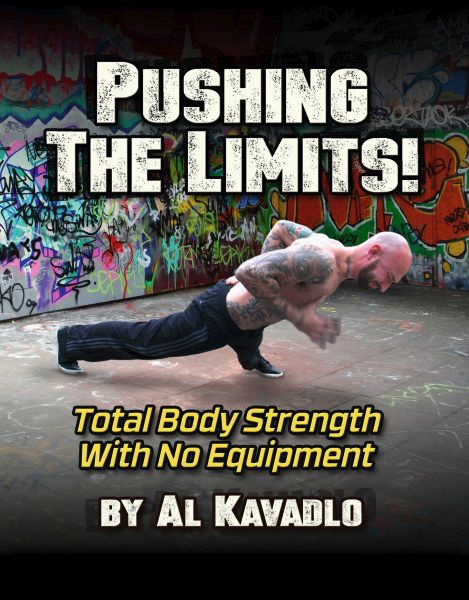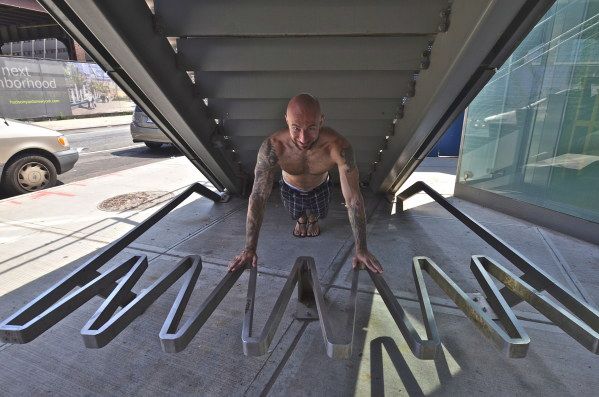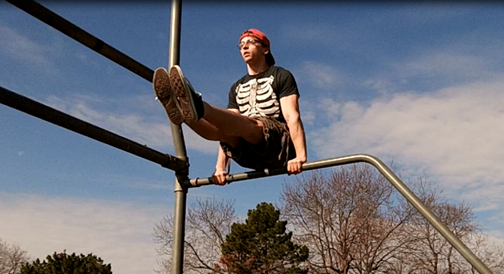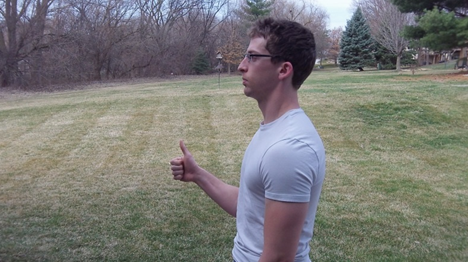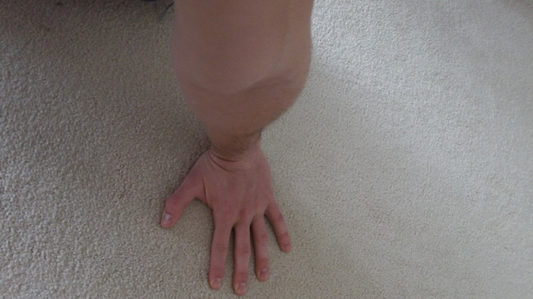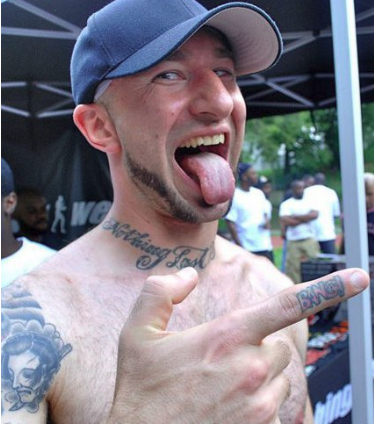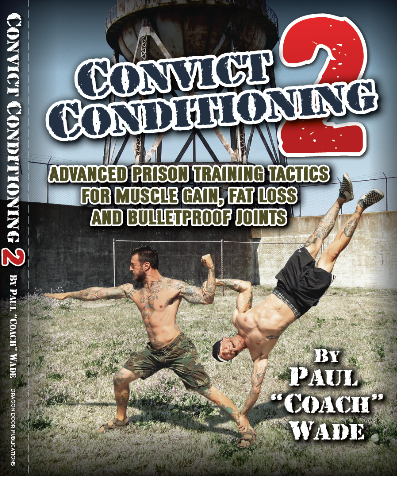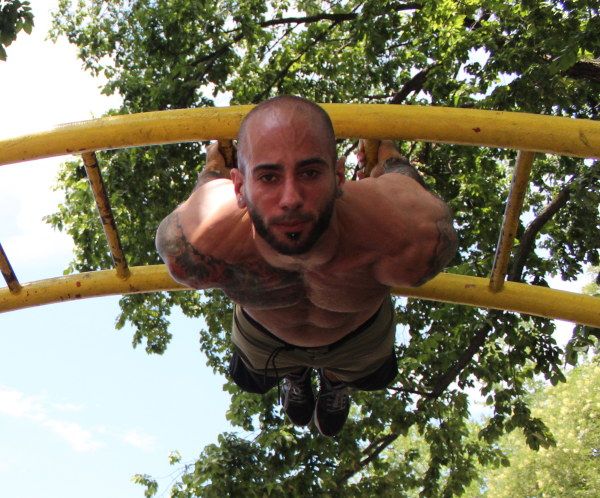
It frequently catches me off guard when budding fitness enthusiasts ask me to teach them flashy drills such as kettlebell juggling, physio-ball air squats and kipping butterfly pull-ups. Sure these exercises may look impressive, however each complex movement pattern requires a level of physical competency and advanced coordination that isn’t just given away. All too often, these requests come from the same people who struggle with executing ten standard push-ups. Very rarely do people care about the benefits provided, they’re simply romanced by the “fun factor.” Demonstrate to the same person a back lever and you may see a pair of glazed eyes appreciating the skill, but not quite aware of the work required to get there.
If you are unfamiliar with the back lever, picture hanging from a pull-up bar, pulling your feet all the way to the bar, then sliding them in between your hands and rotating backwards until your chest is parallel to the floor below. The back lever finishes with a hip and knee extension that suspends your body into a plank formation while hanging from your hands. Sound fun? I thought so! But it can also do wonders for your strength, mobility and proprioception.
Working through the progressions will open up your shoulders, stretch your chest and strengthen the supporting musculature of your scapulae like no other. Once you are mobile enough to rotate your chest to parallel, the real core training begins. The back lever will simultaneously develop unbelievable amounts of strength and stability on both sides of your body. You can say goodbye to those weighted back extensions since this version of the lever will hit both your lower back and upper back musculature all while developing the awareness to align your spine in vertical, inverted and horizontal positions.
I was lucky enough to have some decent shoulder mobility and a very supportive baseline of strength when I began training this calisthenic. Here is the progression that worked for me:
Static Hang:
Starting from absolute scratch, you should develop the hand strength to hang from a pull-up bar for 30-60 seconds. If you can’t hang for that long, trying to support yourself as you flip upside down isn’t a great idea. You can practice hanging from both hands and eventually one hand at a time to develop your grip strength evenly on both sides.
Hanging Leg Raise (HLR):
To execute this requisite core exercise, pull down on the pull-up bar with both hands while simultaneously lifting your legs as straight as possible up toward the bar. Shoot for at least ten reps before you move on from here.
Skin the Cat / German Hang:
After developing strength from the HLR, it’s time to wiggle your feet in-between your hands and rotate backwards until you can look straight ahead. The finish position, known as the German hang, should look similar to your hanging start position with your legs dropping towards the ground, except your arms will be stretched behind your body. Initially you may find that you do not have the shoulder mobility to come around full circle or the fear factor may be just too great – that’s ok! Try performing a few rotations at a time, gradually increasing the amount of rotation on each attempt. Static holds in your deepest expression of the exercise as well as dynamic repetitions of the move will help loosen up tight muscles. Be sure to keep your shoulders active (squeeze the shoulder blades together and down towards your bum) as it will keep your arms attached to your body. Trust me, this is a good thing.
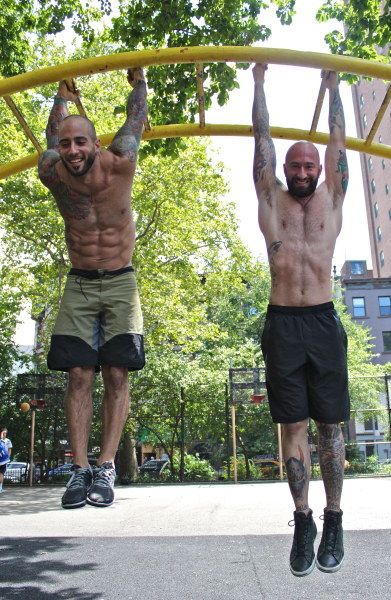
Tuck Back Lever:
Using the skin the cat technique, roll through your arms attempting to align your chest to parallel with the ground. After you pull through, tuck your knees tightly to your chest and lift your upper back to spot the ground ahead of your body. Your target here is to work up to a 20-30 second hold before you move on. Progressing your tuck lever is as simple as pushing your upper thighs away from your chest in an attempt to align your knees under your hips. Understand that this will increase the difficulty of the move exponentially. If aligning your knees under your hips feels sketchy and unmanageable, then slowly pull your knees only a few inches from the tuck position at a time. Be patient and work up to thirty second holds a few inches at a time.
Congratulations! You are well on your way to getting the move under your belt and by now I’m sure that many people have stopped to stare at the insanity of your acrobatics!
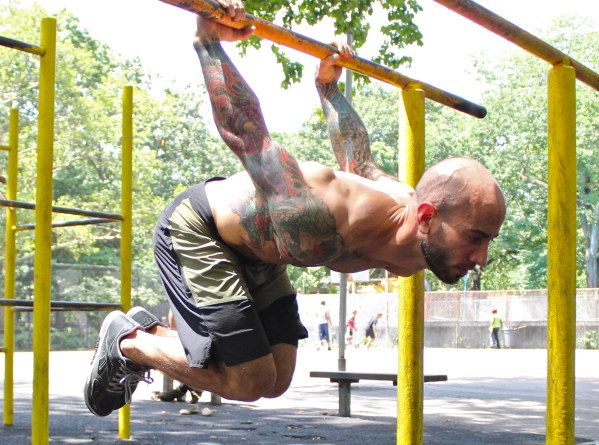
Single Leg Tuck Back Lever:
Once you can hold a tuck position with your knees stacked directly under your hips, you can alternate extending one leg at a time. In the beginning, it’s perfectly alright to send one leg back with the knee significantly bent. Soon enough you will be able to lock out your leg in its entirety. Keep in mind that your legs hold a significant chunk of your body weight so move slow or you might find yourself unexpectedly falling into a German hang. Don’t forget to work both sides evenly as preventing imbalance should be a goal in any fitness program. Thirty seconds per leg should be your target range of proficiency here as well.
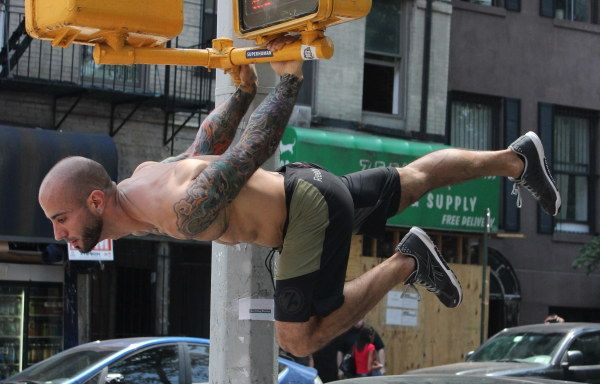
Full Back Lever:
We made it! It’s time to work on the full expression! Using leverage to your advantage will be the key to your success when practicing the full back lever. To execute, skin your cat until you can align your torso to about 45 degrees with your head angled towards the ground. From here, keep your knees tucked and begin to extend your hips. Once you feel stable, slowly straighten your knees until your body is fully extended into one long line angled roughly forty-five degrees from the ground. Keep your entire body as tight as possible. If you can hang here without too much issue, lift your chest to help drop your hips, moving your body position closer to parallel to the floor. The more parallel you become, the more you will feel gravity’s pull and the harder you will have to work.
All in all, I learned the progressions to this move and bagged it after almost exactly one month of work. I can’t promise the same rate of success as everyone’s starting strength and mobility will be different. As for programming, I practiced my back lever progressions three or four days a week. At least two workouts were specifically geared towards building volume in the different tuck positions with a target of three to seven attempts per workout. I worked up to owning each position for thirty seconds but started many of the holds with barely the ability to tolerate ten seconds. Other days I would skin the cat as a dynamic warm-up or finish my workouts with several sets in the German hang position so I consistently worked on improving requisite shoulder mobility and got comfortable going upside down. Keep practicing and be patient. Continued exposure to the demands of the back lever will get you there as soon as your body is ready for it
Give this a go, good luck and keep me posted on your progress!
***
About Angelo Gala, RKC / PCC Team Leader: Angelo Gala has been a fitness professional in the Boston area for greater than 11 years. He is a Certified Strength and Conditioning Specialist through the NCSA, and has studied the Pranavayu system of yoga under David Magone. He is a Dharma friend at the Sakya Center of Buddhist Studies in Cambridge, MA where he completed a 1 year intensive study of Mangalam Yantra Yoga under the guidance of Lama Migmar Tseten. Go to http://www.dragondoor.com/angelo-gala/ for more info.
